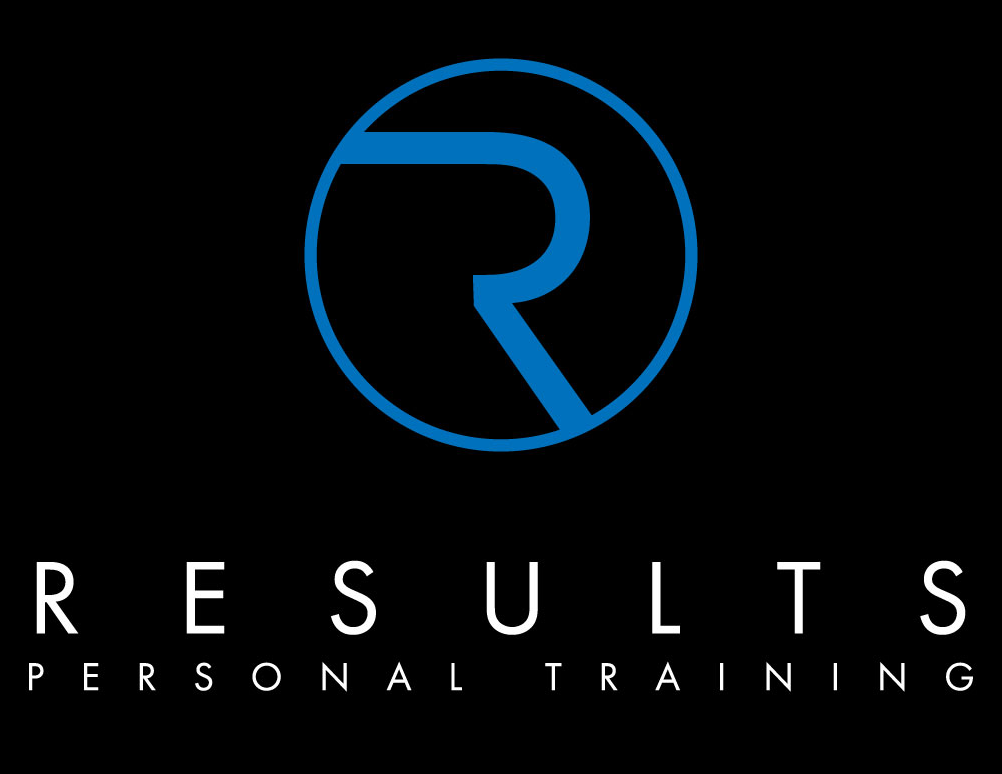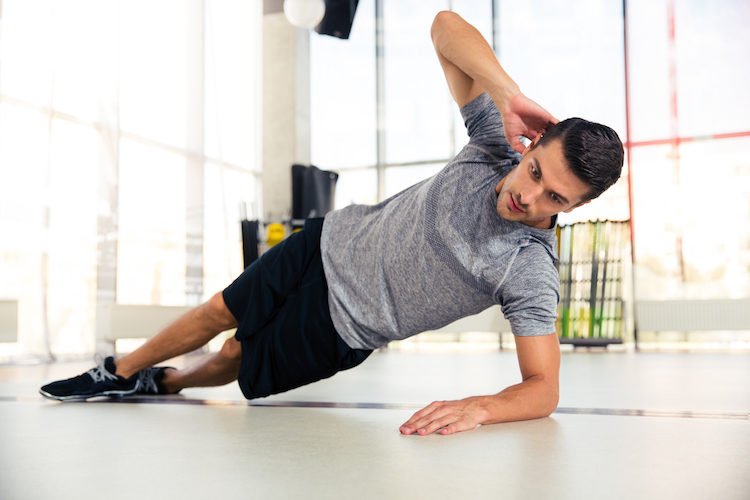The number one job of our abdominals is to protect our spine
Yes, the job of the abs is to protect the spine. Abs aren’t just there to impress the opposite sex. The abdominal muscles and connective tissue that surrounds the muscle holds the spine in place. If you took the muscle and supportive tissue away the spine would simply splat on the ground. It is said that walking (without abs) elicits seven times the compressive forces to buckle a spine.
Stop damaging your spine
When it comes to spines, Stuart McGill PHD and professor of spine mechanics at the University of Waterloo in Ontario Canada is considered the best of the best when it comes to back health. In his groundbreaking book Low Back Disorders he stated that ‘’enough sit ups will cause spinal damage in most people’’
This may seem a little backwards considering I have just said the number one job of the abdominals is to protect the spine. The abdominals are designed to work in a very specific way. And continuous reps of spine bending is not it
The appearance of your abs doesn’t tell me how strong or how functional they are
I have been in the fitness field for over 22 years now and in that time I have seen many shapes and sizes of abdominal muscles. I have seen abs covered in a thick shield 😜 that could support 100 ton and I have seen abs that are shredded and lean that couldn’t even hold a feather
When I say abs, what I really mean is core
Your abs are rectus abdominis (the six pack looking muscle on the outside) and transversus abdominis (the coil like muscle on the inside). These two muscles are important, however they are just two muscles. Your core makes up 20 plus muscles (including these two) and it’s your core that is responsible for your function. Us trainers often just say abs as society has put such a pedestal to those washboards.
Your butt and back is also your core
As I just mentioned, your core is made up of 20 plus muscles. Some of those muscles include your obliques (the muscles to the side of your abs) your glutes (the muscles of your butt) and your lats (the muscles that are the wings on your back)
Your spine is already flexed, why flex it more
Our bad postures from our poor lifestyle leave us with flexed spines. We sit behind our computers with a flexed spine, we drive with a flexed spine, we watch hours of netflix with a flexed spine and we then go to the gym and perform hundreds of crunches flexing our spines each and every time. Our spines don’t need any more flexing.
Your core is designed to resist movement
Or put another way, the core is designed to prevent motion or promote the stability of the lumbo-pelvic region and transfer force to the upper and lower body.
Our lumbo pelvic region (lower spine/core) needs stability not mobility. We need to have enough mobility but not too much. When it comes to training we need to train our core with stability exercises.
Overly encouraging core mobility with exercises like sit ups, crunches, sphinx pose, cobra pose or locust pose may well make things worse. If we encourage mobility where we need stability there will always be a compensation up or down the chain. So if the core is too mobile then the hips and thoracic spine will become overly stable to compensate. This can often result in kyphosis (rounding of the upper back) or back pain as the core from core instability.
Or as Strength Coach Charles Poliquin used to say ‘’you can’t shoot a cannon from a canoe’’
How to resist movement of the core
Essentially core training can be broken down into 3 categories
1 – Anti – Extension
2 – Anti – Lateral Flexion
3 – Anti – Rotation
Anti – Extension exercises are exercises that actively resist extension of the lumbar spine. Examples include
- Planks
- Deadbugs
- TRX fallout outs
Anti – Lateral Flexion exercises are exercises where you actively resist lateral flexion (side bending) at the lumbar spine. Examples include
- Side planks
- Single arm farmers carries
- Kettlebell windmills
Anti – Rotation exercises are exercises where you actively resist rotation at the lumbar spine. Examples include
- The Pallof press
- Shoulder taps
- Renegade rows
These are just a few examples. All of these exercises can be further broken down into positions or postures. For example a pallof press can be performed standing, kneeling or half kneeling. The list of resisted core exercises go on and on.
Hollowing vs Bracing
Have you ever found yourself at a health professional, be it a pilates class, physio or coach that has tried to help you ‘’activate your core?” You probably heard the cue ‘’pull your belly button in towards your spine (hollowing) touted as the way to improve core stability.
The problem with abdominal hollowing is that it does the exact opposite. It makes for a less stable spine. Back in 1999 there was a study published that looked at both individuals with healthy spine and back pain. It was found that those with back pain had delayed firing of their transverse abdominis (TVA). To fire your TVA you would draw in or hollow from your abdominals.
The problem with this concept is that it solely focuses on a single muscle. Your core and your body never work functionally in isolation. Your core muscles work as a team. Newer studies have found that those with back pain have motor problems with all the core muscles rather than a singular muscle.
Abdominal bracing on the other hand activates all the muscles and layers of the core. Think about what you would do if someone was to punch you in the stomach. You would immediately tense and stiffen from your gut. Having a stiff core eliminates micro movements
Having a stiff core eliminates micro-movements in the joints that lead to spine and tissue degeneration. Without stiffness, these micro-movements would gradually gnaw away on our nerves, eventually causing pain and even disability. Stiffness braces these micro-movements and takes away the pain, essentially building a spinal armor.
Next time you are training your core, have a go at the above exercises and see how you get on.


Recent Comments